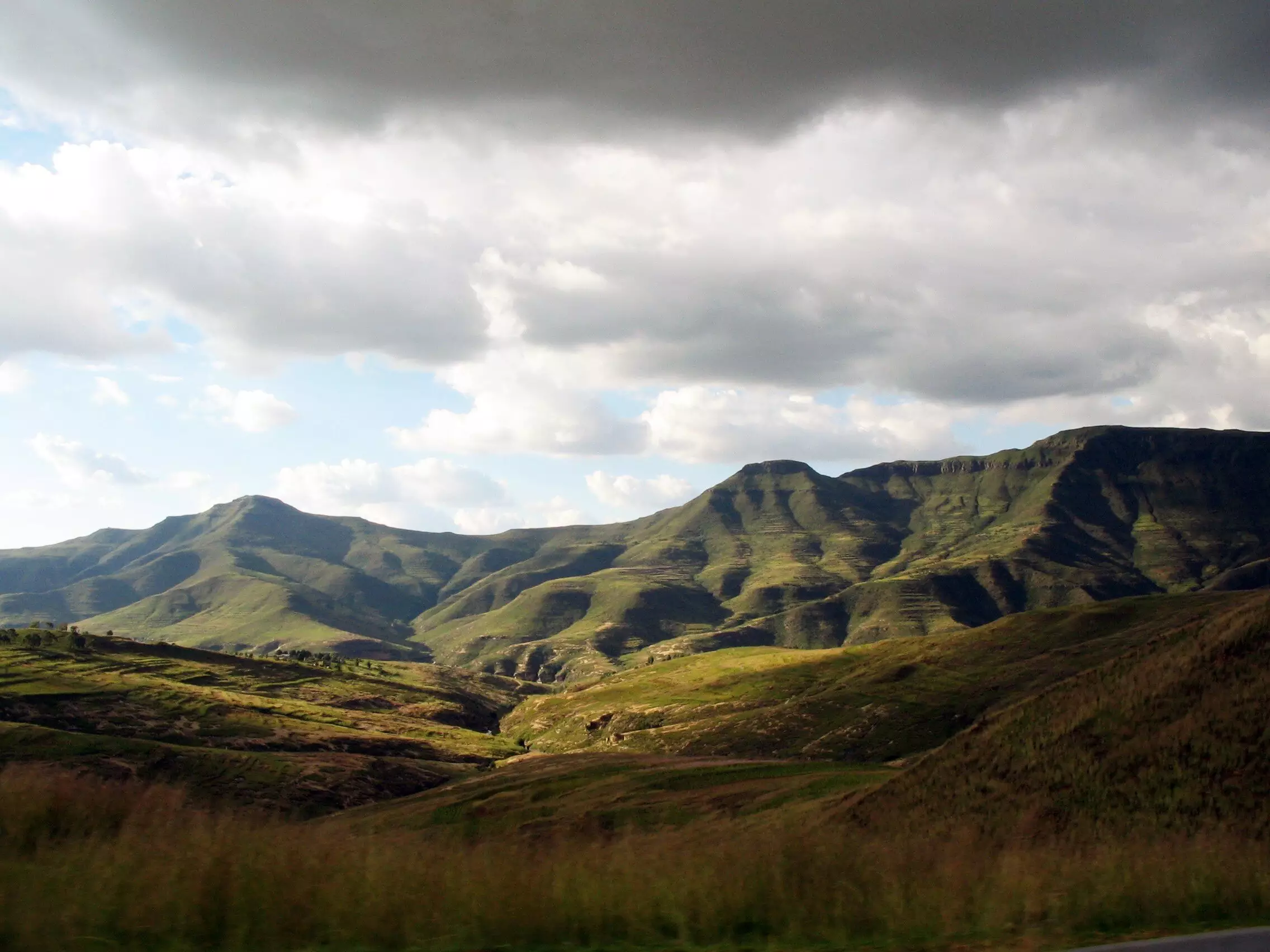Recent groundbreaking research conducted by scientists at the University of Southampton has shed light on the mechanisms responsible for the gradual uplifting of seemingly stable regions within continents. This transformative study delves into the intricate relationships between tectonic plate activity and the elevation of landforms that reshape our planet’s geography. The revelations about how stable portions of continents evolve into some of Earth’s most significant geological features pave the way for deeper insights into the forces that influence not only the physical landscape but also climatic and biological systems across regions.
Cratons, the ancient and stable parts of continental crust, have long baffled geologists regarding their vertical movements. Traditionally perceived as resistant to change, recent findings reveal that these regions are subject to active geological processes, particularly during the rifting of continental plates. The research indicates that the breakup of tectonic plates initiates vigorous waves deep within the Earth, prompting astonishing uplifts that can exceed a kilometer. However, the complexities involved in linking these processes to specific topographical phenomena, such as plateaus and escarpments, have been less understood.
Led by Professor Tom Gernon, the study employs sophisticated computer models and robust statistical techniques to analyze the intricate scenarios under which continental landscapes evolve over hundreds of millions of years. By examining global tectonic forces, the researchers were able to correlate the mechanics of continental rifting with observable landscape changes, advancing our understanding of the geological history hidden within the Earth’s mantle.
In their investigations, the team, which included experts from the Helmholtz Centre Potsdam and the University of Birmingham, uncovered a fascinating correlation: as tectonic forces stretch the continental crust, significant mantle movements occur that contribute to the formation of the Earth’s surface features. The patterns established by these mantle waves often coincided with historical erosion events, particularly those that marked significant transformations in the Southern African landscape following the breakup of the ancient supercontinent, Gondwana.
One of the most intriguing aspects of the study is the concept of isostasy, wherein the removal of continental material from below the crust leads to a corresponding uplift in the landmass itself. The research illustrates that, akin to a hot-air balloon shedding weight, the loss of continental rock enables the crust to rise. This principle of isostasy is crucial to understanding how significant landforms such as plateaus develop. The research suggests that intense erosion, driven by mantle dynamics, can prolong this uplift process for millions of years, resulting in elevated landscapes—sometimes in regions far removed from tectonic boundaries.
Moreover, the study proposes that the aftermath of rifting events not only reshapes the surface but also instigates erosion patterns that migrate across vast distances. This finding is revolutionary as it illustrates the dynamic nature of geological processes and how they can transcend initial locations of tectonic activity, causing widespread changes to the landscape.
The broader implications of these geological processes extend beyond the realm of plate tectonics. According to Professor Gernon, the disruption caused by continental breakup may have historically affected the climate. Mountains and plateaus, resulting from these profound geological activities, can significantly modify local weather patterns, rainfall distribution, and, consequently, the biodiversity present within those environments. For example, elevated regions often catch moist winds, creating distinct ecological habitats.
Furthermore, the socio-economic impacts of these developments on human settlement patterns should not be overlooked. Areas of stable, elevated land may have historically attracted human populations due to their unique ecosystems and resources, reinforcing the idea that geological processes have a long-lasting influence on humanity as well as ecology.
The University of Southampton’s findings signal a transformative moment in our understanding of plate tectonics and the evolution of continental landscapes. By revealing that rifting activities have the power to instigate extensive uplifts and erosion within distant crations, this research provides a comprehensive explanation for vertical movements in stable regions of the Earth. As we further explore the interconnectedness of geological dynamics with climate, biodiversity, and human development, it becomes increasingly clear that the forces shaping our planet stretch far beyond its surface. Understanding these relationships not only enhances our knowledge of geosciences but also guides future research in how we interact with Earth’s complex systems.

